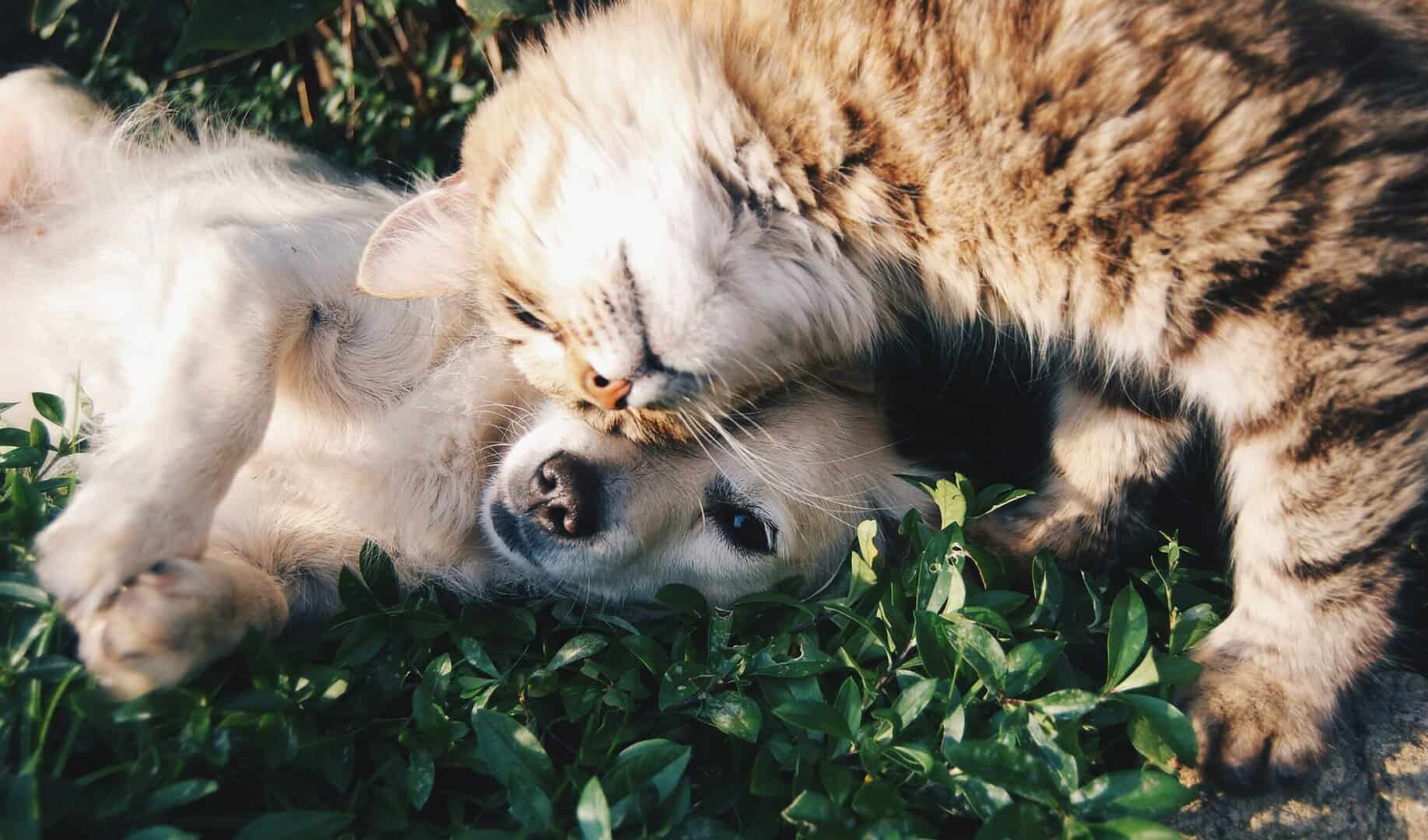Your pet deserves the best care in the world. While you’re already an expert at getting them their favorite food and toys, your four-legged best friend also needs help battling potential pests. Learning how to protect your pets will safeguard their health and your well-being. Anyone can take simple steps to keep unwanted critters away — starting today.
1. Take Preventive Flea and Tick Measures
Fleas and ticks are some of the most pressing pest concerns for pets. They’re hard to spot and easy to miss if you don’t have time to comb through your four-legged friend’s fur every day. Talk with your vet about preventive measures that provide lasting protection like:
- Monthly pest-deterrent medication
- A medicated collar
- Topical pest-repellent ointment
You might have to try more than one kind of flea and tick solution before finding what works best for your pet. Use deterrent methods alongside your vet’s recommendations to keep pests away from your furry best friend and keep them safe from pest-borne illnesses.
2. Wear Appropriate Outdoor Gear
Most dogs love spending time outside. You might be one of the many pet owners who take their pups on walks through the woods and along hiking trails. You can protect your dog’s paws from rocks with the thick soles in their safety boots, but you also need to be aware that ticks wait for their next meals in dense brush and low-hanging branches.
Booties won’t do much when fleas jump onto your dog’s back or legs. Consider outfitting your dog with a protective jacket that covers their fur during outdoor excursions. Fleas will be less likely to bite them. Remember to do a tick inspection on yourself and your dog when you’re ready to go home to guarantee you’re not bringing pests back with you.
3. Get Pest Inspections Indoors
It’s easy to forget that pests can threaten your pet’s safety indoors. They find their way indoors through doorway cracks, your HVAC ventilation system and open windows. Watch for bugs as you go about your daily routine and consider scheduling pest inspections.
A professional team will know where to find cockroaches, which could threaten indoor pets and small animals like bunnies or hamsters. They can also work with your preferences to find an optimal solution that keeps your animals safe while forming a protective barrier against pests within your home.
4. Watch for Mice
Mice love to nest in walls, cabinets and closets. If you’re not watching for signs of an infestation, you might not realize they live in your home until they bite your pets. Look for droppings, listen for scratching noises and investigate any strange odors you might encounter indoors. The last thing you want is your kitty bringing you an unexpected “present” in the middle of the night.
You can catch mice with traps set in previously infested places to protect your pets. Contact a pest control company to free your home of mice if you’re overwhelmed by the amount. They’ll have multiple solutions you can choose from that are pet-friendly and efficient.
5. Spray Your Yard for Mosquitoes
Mosquitoes will always pose a challenge whenever it’s warm outside. They sense their next meal when they detect the carbon dioxide living beings exhale. Humans and animals both exhale this gas, so your pet could suffer from the diseases mosquitoes carry if they get bit.
Spray your yard with mosquito repellent. Numerous products are safe for pet households. You could also contact a local pest company to see what they use to banish outdoor bugs while keeping your yard safe for your four-legged family members.
6. Check Your Pet’s Fur Regularly
Dogs aren’t the only pets who enjoy spending time outside. Plenty of cats also love the outdoors. Whether you supervise your pets outside or not, combing through their fur when they come back inside is always a good idea. They could carry ticks or fleas you might otherwise miss due to your pet’s long fur.
Use a fine-toothed comb to see if any bugs are nesting among the roots of your pet’s hair. You can also pay close attention to the areas pests love to bite, like behind floppy ears or anywhere there’s less dense fur.
7. Optimize Your Lawn Care Routine
Your backyard is your pet’s playground and likely their bathroom, too. While efforts like fencing reduce the risk of encountering predators like bears or alligators, your lawn poses potential threats while your four-legged friend goes about their day.
Stay vigilant about backyard bugs by optimizing your lawn care routine. Avoid overwatering your grass so pests don’t lay eggs in the saturated soil. Raking leaves before they pile up will keep them from becoming homes for bugs and small rodents.
You should also keep an eye out while you’re doing typical lawn maintenance. If you spot potential threats like fire ant hills or underground wasp nests, take appropriate measures to eradicate them with pesticides or a professional pest removal service.
8. Keep Trash Bagged Up
Consider where you put your trash bags between garbage pickup days. They’re likely in a large can on the side of your house. However, all kinds of critters will smell a free meal if there’s a leak. Prevent bugs and small rodents from eating outdoor garbage by securing it in sturdy bags.
If bugs realize your home is a food source, they won’t stop at your outdoor trash receptacles. They’ll try to find a way inside to access more food and potential shelter. Although upgrading your trash bags might not seem like a direct way to protect your pets, it’s an efficient way to ensure they don’t eventually bring disease into your house.
Protect Your Pets From Pests Year-Round
Any effort you make to protect your pets from pests will shield your health, too. You won’t deal with bugs or rodents in your house if you take proactive measures to keep them where they belong. Efforts like preventive pet medications, lawn care strategies and working with professional pest control teams are excellent ways to keep your four-legged friends safe. They’ll be happier and healthier and you will have peace of mind.



